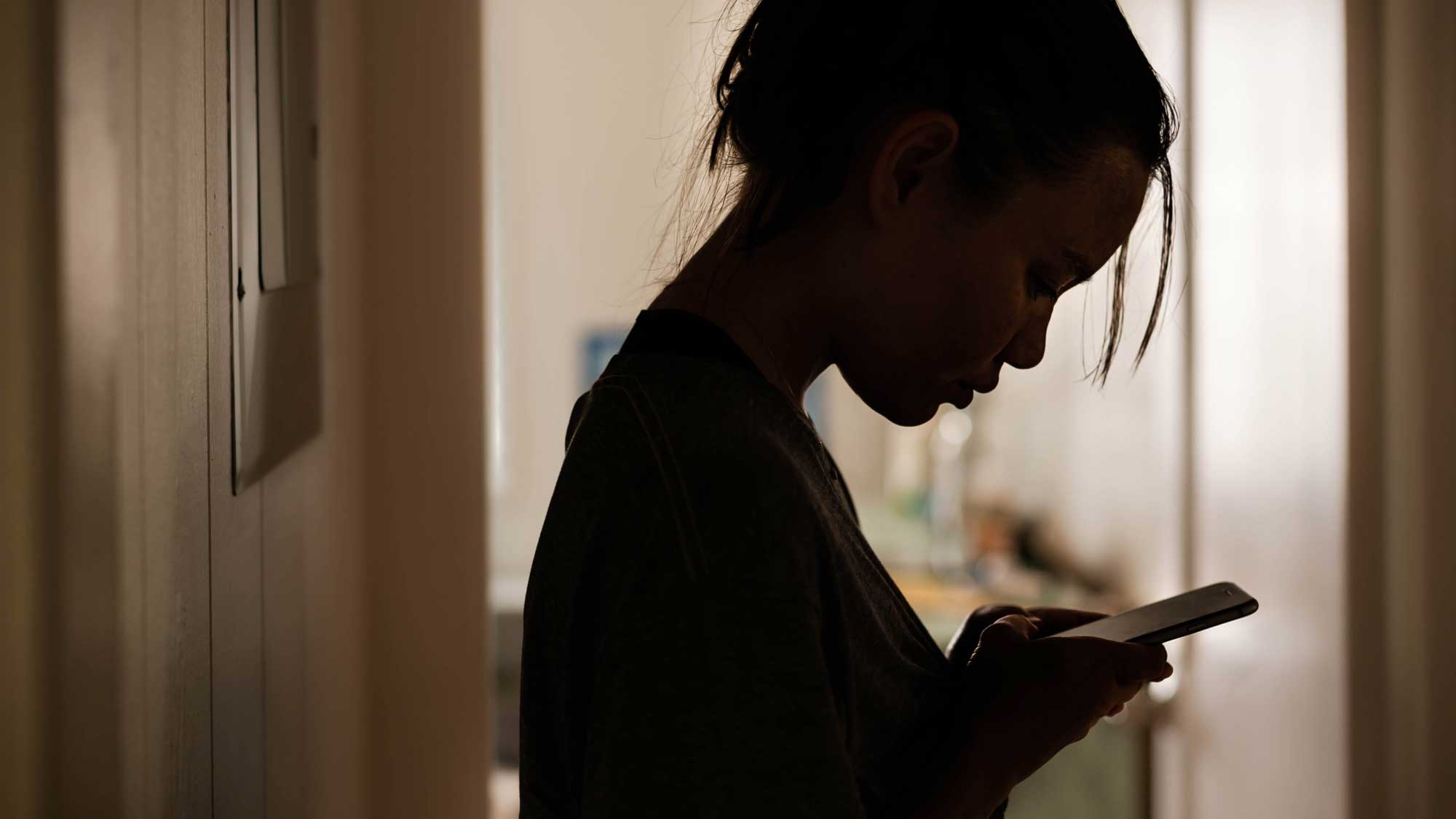“The problem with the stigma around mental health is really about the stories we tell ourselves as a society.” — Matthew Quick
The stigma surrounding mental health can have detrimental effects on those in need of treatment. As stated in World Psychiatry, people living with a serious mental illness are challenged doubly. On one hand, they struggle with often debilitating symptoms — and on the other, they face prejudice due to misconceptions surrounding mental health.
While stigmas about mental health have long been an issue, the recent pandemic may be supporting destigmatization. However, there’s still room for improvement.
Public Perception of Mental Illness is Changing — But There’s Still Work to Be Done
It’s been said that over the past decade or so, the public perception of mental illness has changed. More and more people continue to speak out about their illness, television programs and movies highlight characters with mental health disorders, and the press, as well as celebrities, continue to raise awareness. While progress is being made, stigmatization continues to hold people back from receiving the treatment they need and deserve.
It is said that there are two types of stigmas related to mental health — social stigma and self-stigma. While these stigmas have come leaps and bounds since the days of demon-possessed theories and lobotomies, negative perceptions still thrive in the 21st century.
As reported by Wake Forest University, a survey conducted by the APA found that as recently as the year 2000, more than two-thirds of people said that they did not someone with a mental illness to marry into their family. In addition, nearly 60 percent of people did not someone with a mental illness in their workplace.
A more recent survey stated that 90 percent of Americans value physical and mental health equally. However, it’s clear that they do not receive equal treatment. Despite that, there were some encouraging (and telling) findings.
Some of the age and gender trends include:
- Adults ages 54 and younger are more likely to receive mental health treatment than those who are 55 and older.
- Adults between the ages of 18 and 34 see the act of seeking professional mental health support as a sign of strength.
- While women are more likely to seek treatment for anxiety and depressive disorders, men are more likely to seek treatment for substance abuse.
COVID Acted a “Sort of Equalizer”
TIME recently wrote a piece on COVID and the destigmatization of mental illness, describing the pandemic as an equalizer. During the pandemic, due to the many disruptions at both home and work, everyone began to somewhat experience a life of anxiety. The stigma of mental illness was addressed and for the first time, many employers began thinking about the implications of mental health in the workplace.
Considering a 2019 report found that 80 percent of workers with a mental health condition said, “shame and stigma prevent them seeking treatment” — and that only 37 percent see their company leader’s as “mental health advocates for mental health in the workplace,” recent trends are encouraging. Other major changes that were seen during the pandemic included greater access to virtual resources, especially in terms of mental health policy and insurance.
Read more: Increased Virtual Mental Health Support is Needed In Response to the COVID-19 Pandemic
Seek the Treatment You Deserve
No one deserves to suffer in silence. At Valley Oaks, we understand that not everyone has a strong support system at home, which can significantly hinder your ability and willingness to seek care. Even those who do, often feel ashamed about their condition.
The message here is that having a mental illness is not a sign of weakness, but that seeking treatment is a sign of strength. You deserve more out of life — it’s time to be your greatest advocate.






